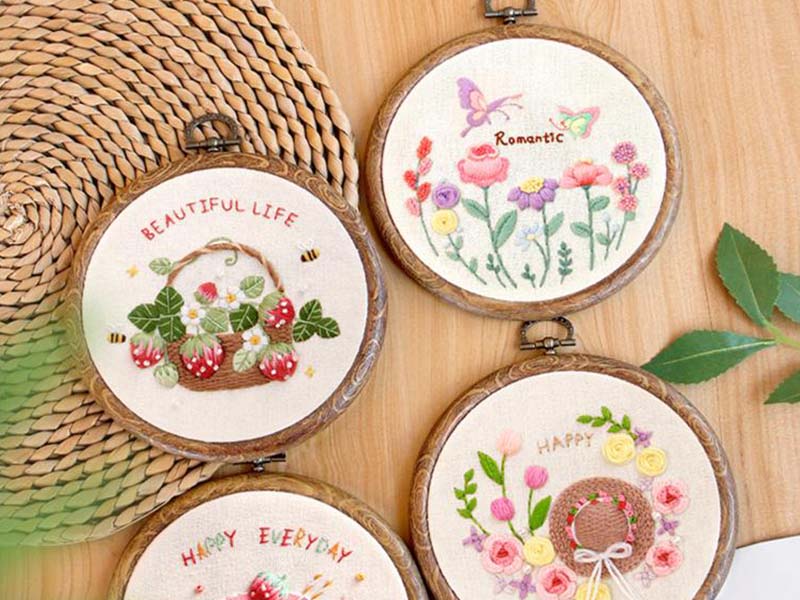Exploring Traditional Embroidery Art
Chinese Embroidery
Embroidery art, as a vital vessel of China’s intangible cultural heritage, embodies over two millennia of artisanal wisdom
This three-dimensional painting with silk threads constructs a layered artistic universe on fabric through more than thirty traditional stitching techniques
Including plain stitch, layered stitch, and seed stitch. Suzhou embroidery distinguishes itself with “seamless color blending and flawless smoothness,”
Where double-sided embroidery techniques create entirely distinct patterns on opposite sides of a single silk gauze layer. Hunan embroidery pioneered the pengmao stitch to meticulously replicate the fluffy texture of animal fur
While its tiger and leopard pieces feature special spiral stitches for eyes that create pupil-constriction effects with changing light angles
Historical Treasures
Ethnic minority embroideries function as living cultural archives: Miao split-thread embroidery divides silk strands into eighths, using geometric patterns to document migration histories
The Shui horsehair embroidery coils hair around horse-tail cores
Forming relief motifs that maintain their form for centuries. Artisans meticulously tailor stitch directions to thematic elements——using scattered layered stitches for natural petal gradients and void-solid stitches for misty distant mountains in landscapes
Modern analysis reveals Song Dynasty kesi tapestries achieved up to 120 warp-weft intersections per square centimeter, a density enabling oil-painting-like luminosity transitions
artistic value
The art’s essence lies in its unreproducible “manual traces”——where variations in stitch tension and angle ultimately converge into vibrant artistic expressions


